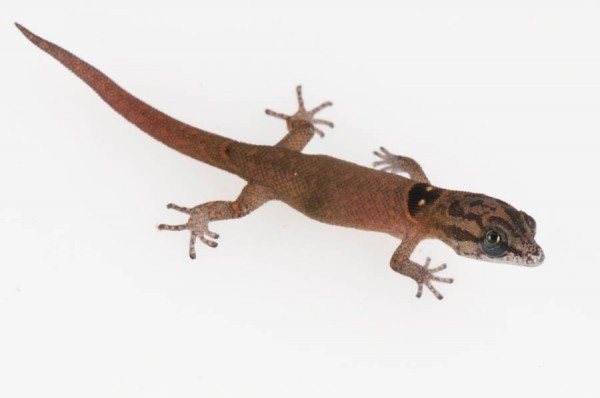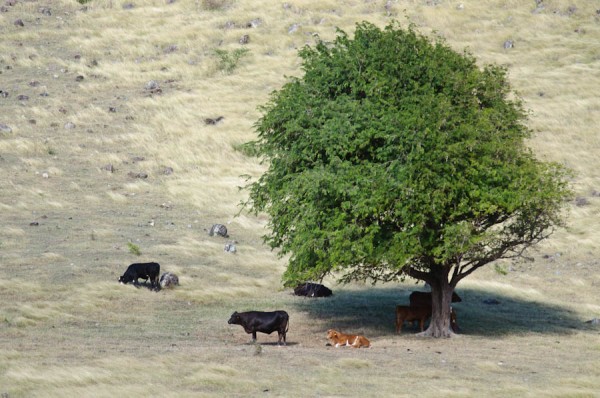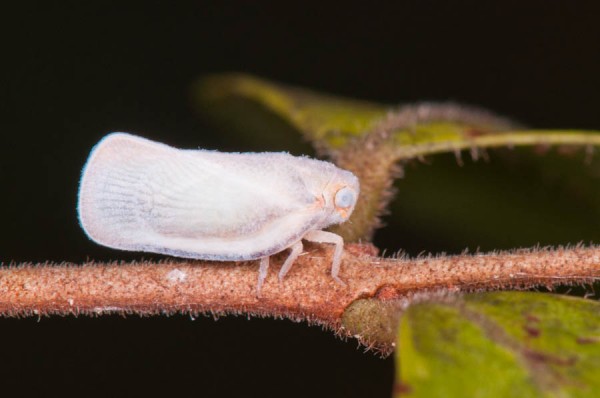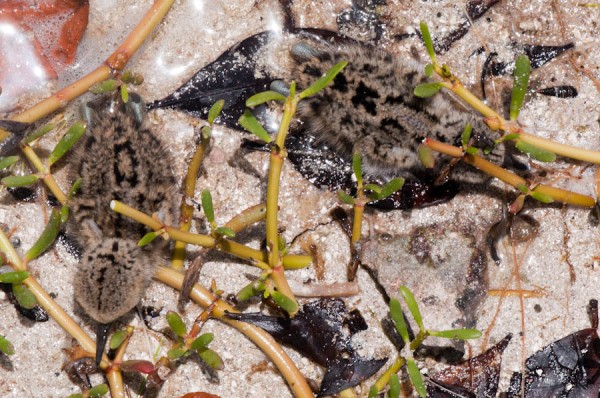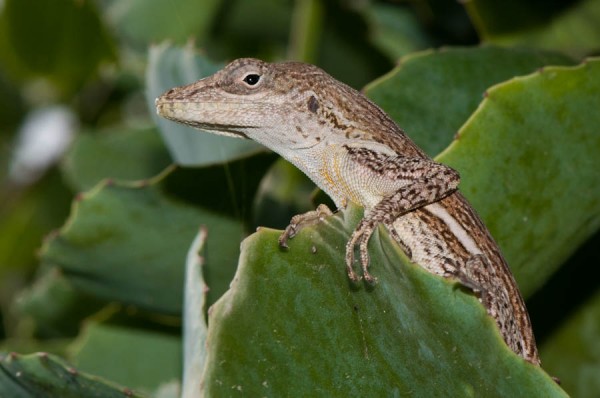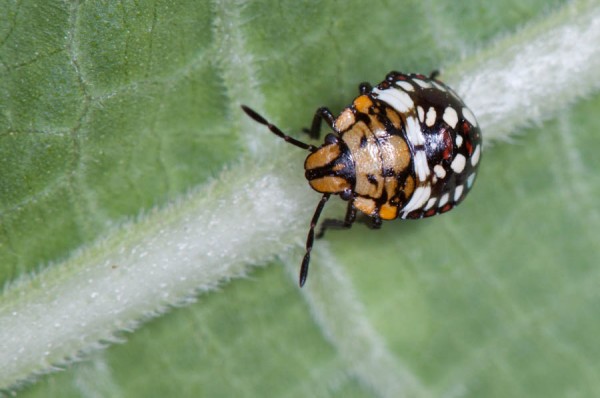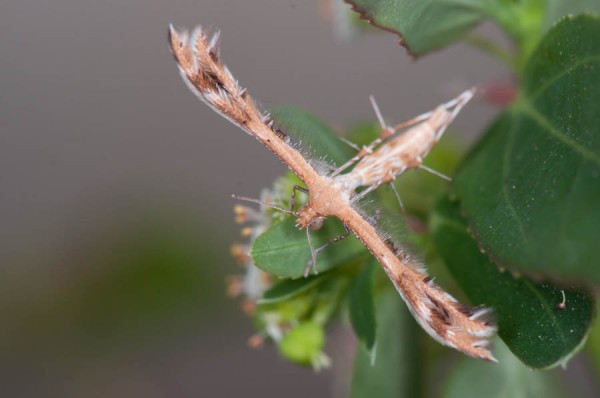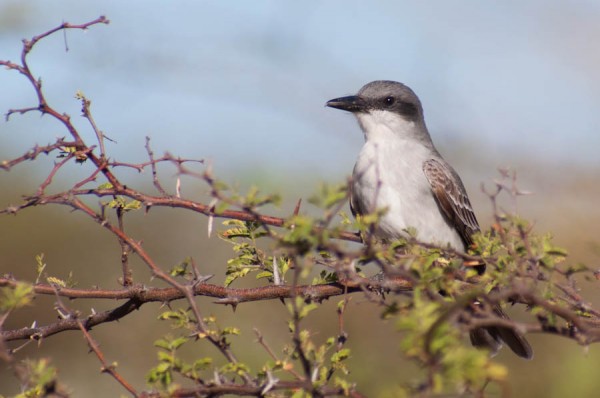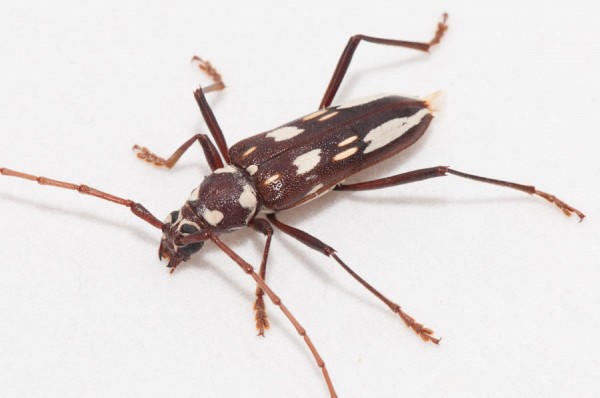Chick and Egg Resemblance
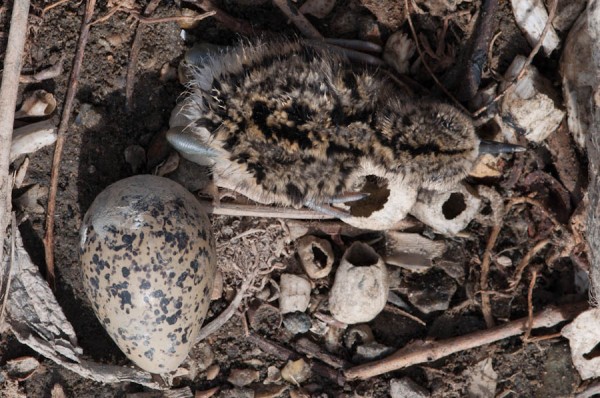
I never realized how much black-necked stilt chicks look like black-necked stilt eggs until I saw a nest today with a chick and an unhatched egg together. They have basically the same coloration and pattern, which makes sense, because both the chick and the egg rely on camouflage as a defense mechanism.

